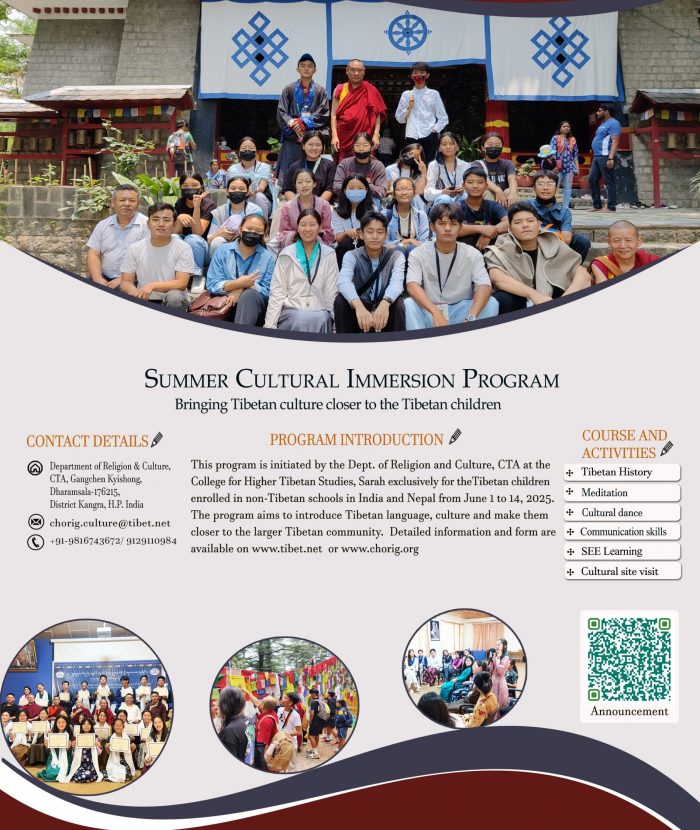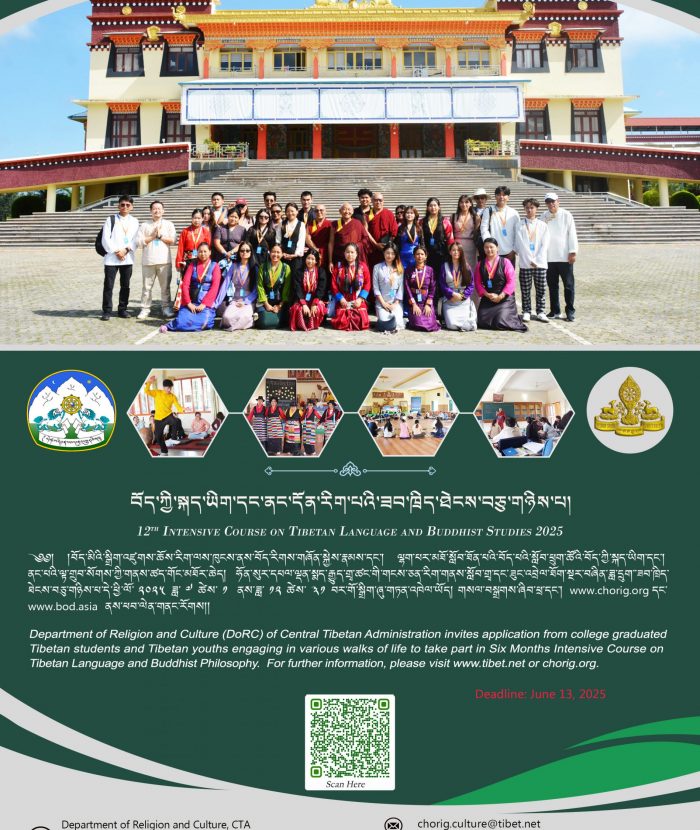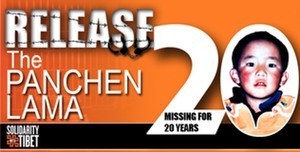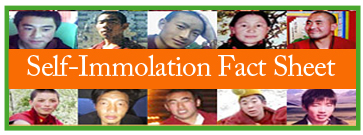






In 1937 high lamas and dignitaries were sent throughout Tibet to search for the place seen in the vision. Those heading east were led by Lama Kewtsang Rinpoche of Sera Monastery. In Takster they found such a place and went to the house, with Kewtsang Rinpoche disguised as a servant and a junior monk posing as the leader. The Rinpoche was wearing a rosary of the Thirteenth Dalai Lama and the little boy, recognizing it, demanded that it be given to him. This was promised, if the child could guess who the wearer was. The reply was Sera aga (in the local dialect, a monk of Sera). The boy was also able to tell who the real leader and servant were. After many further tests, the Dalai Lama was enthroned in 1940.
In 1989 he was awarded the Nobel Peace Prize for his non-violent struggle for the liberation of Tibet. He has consistently advocated policies of non-violence, even in the face of extreme aggression. He also became the first Nobel Laureate to be recognized for his concern for global environmental problems.
In the year 1990, His Holiness the Dalai Lama convenes a Special General Meeting and announces four democratic reforms: the appointment of a Constitutions Review Committee to draft a Charter for the Exile and also review the existing Draft Constitution for future Tibet; dissolution of the 10th Tibetan Parmiament; election of an interim Kashag amongst the meeting participants and expansion of the Tibetan Parliamentarians members from 12 to 46.
On 14 March 2011 His Holiness sent a letter to the Assembly of Tibetan People’s Deputies (Tibetan Parliament in exile) requesting them to devolve him of his temporal (political) power. According to The Charter of the Tibetans in Exile, His Holiness was technically still considered to be the head of state. The historic announcement would bring an end to the dual spiritual and political authority of the Dalai Lama and revert to the previous tradition of the first four Dalai Lamas being only the spiritual leader of Tibet. The democratically elected leadership would assume complete formal political leadership of Tibet. The Ganden Phodrang, the institution of the Dalai Lamas, would continue and remain intact. On 29 May 2011 His Holiness signed into law the formal transfer of his temporal power to the democratically elected leader. This brought to an end the 368-year old tradition of the Dalai Lamas being both spiritual and temporal head of Tibet.







